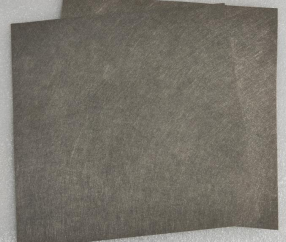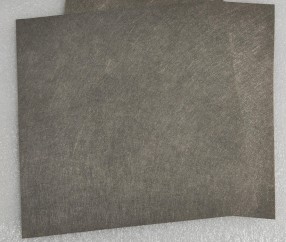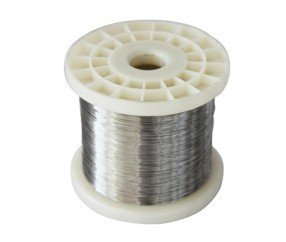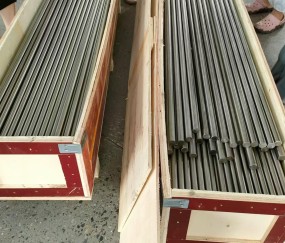
How is Nickel Fiber Felt Produced?
- Product Details
How is Nickel Fiber Felt Produced?
Nickel fiber felt is an advanced porous material widely used in energy, chemical, and filtration industries—particularly in hydrogen production, fuel cells, and electrolyzers. Its production process is designed to achieve high conductivity, excellent corrosion resistance, and a precisely controlled microstructure.
1. Fine Nickel Fiber Manufacturing
The process begins with the production of ultra-fine nickel fibers. These are typically created using techniques such as bundle drawing or melt extraction, resulting in fiber diameters ranging from 4 to 40 microns. The uniformity of fiber size is crucial for ensuring consistent porosity and electrical conductivity.
2. Nonwoven Fiber Web Formation
Next, the fibers are randomly laid into a nonwoven mat using air laying or wet-forming methods. This step determines the initial porosity, thickness, and mechanical characteristics of the felt. The goal is to form a web with interconnected fibers and uniform pore distribution.
3. Sintering Under Controlled Atmosphere
The loose fiber web is then subjected to high-temperature sintering, typically between 900°C and 1100°C, in a hydrogen or inert gas atmosphere. Sintering bonds the fibers at their contact points without melting them, resulting in a structurally stable yet highly porous felt. This step is critical for enhancing mechanical strength and thermal stability.
4. Post-Treatment & Customization
After sintering, the nickel felt can be further processed to meet application-specific needs. This includes:
Adjusting thickness and density through rolling or compression
Surface treatments, such as acid cleaning or catalyst coatings
Cutting to size for fuel cells, electrolyzers, or filtration modules
5. Quality Inspection
Each batch undergoes rigorous testing to ensure:
Consistent porosity and density
Uniform electrical conductivity
Structural integrity and durability
Compatibility with hydrogen or alkaline environments
Why Nickel Fiber Felt Matters
Thanks to this precise manufacturing process, nickel fiber felt offers:
Up to 90% porosity
High-temperature and corrosion resistance
Excellent gas diffusion and conductivity
Long-term stability under electrochemical conditions
These properties make it an ideal material for AEM and PEM electrolyzers, fuel cells, and catalyst supports in next-generation energy systems.






